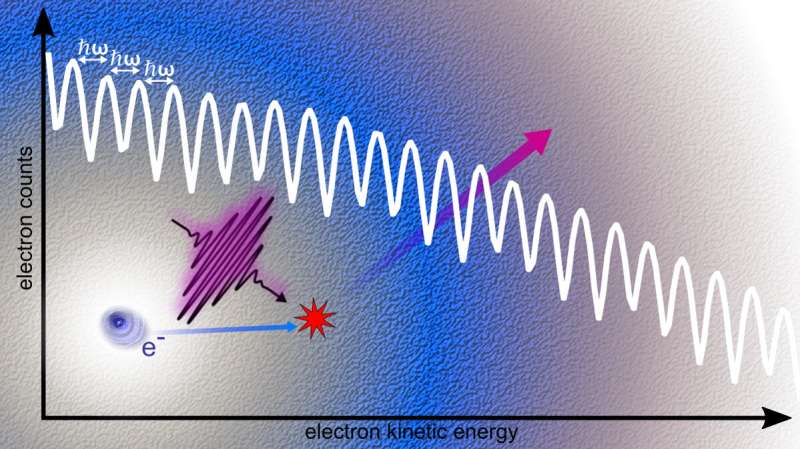Phys.org July 13, 2021
Laser-assisted electron scattering (LAES), a light–matter interaction process that facilitates energy transfer between strong light fields and free electrons, has so far been observed only in gas phase. An international team of researchers (Austria, Japan) has detected LAES at condensed phase particle densities, for which they created nano-structured systems consisting of a single atom or molecule surrounded by a superfluid He shell of variable thickness. They observed that free electrons, generated by femtosecond strong-field ionization of the core particle, can gain several tens of photon energies due to multiple LAES processes within the liquid He shell. These results provide the first insight into the interplay of LAES energy gain/loss and dissipative electron movement in a liquid. Condensed-phase LAES creates new possibilities for space-time studies of solids and for real-time tracing of free electrons in liquids…read more. Open Access TECHNICAL ARTICLE

Schematic representation of a LAES process in superfluid helium: The electron collides with the material sample (red star), thereby absorbing energy from the light field and changing its direction. Credit: IEP – TU Graz